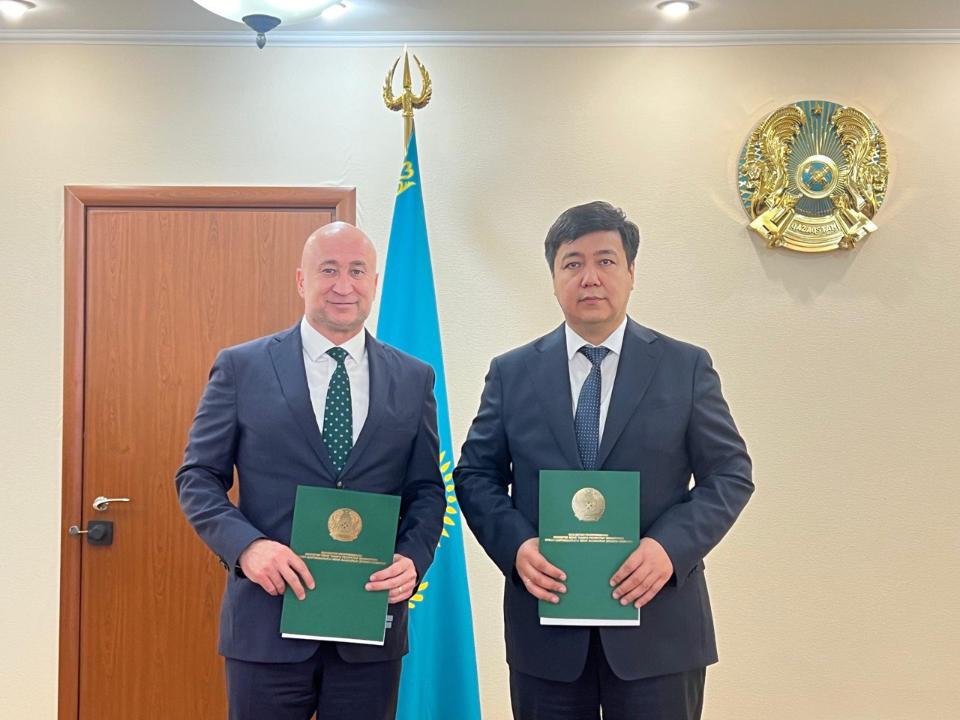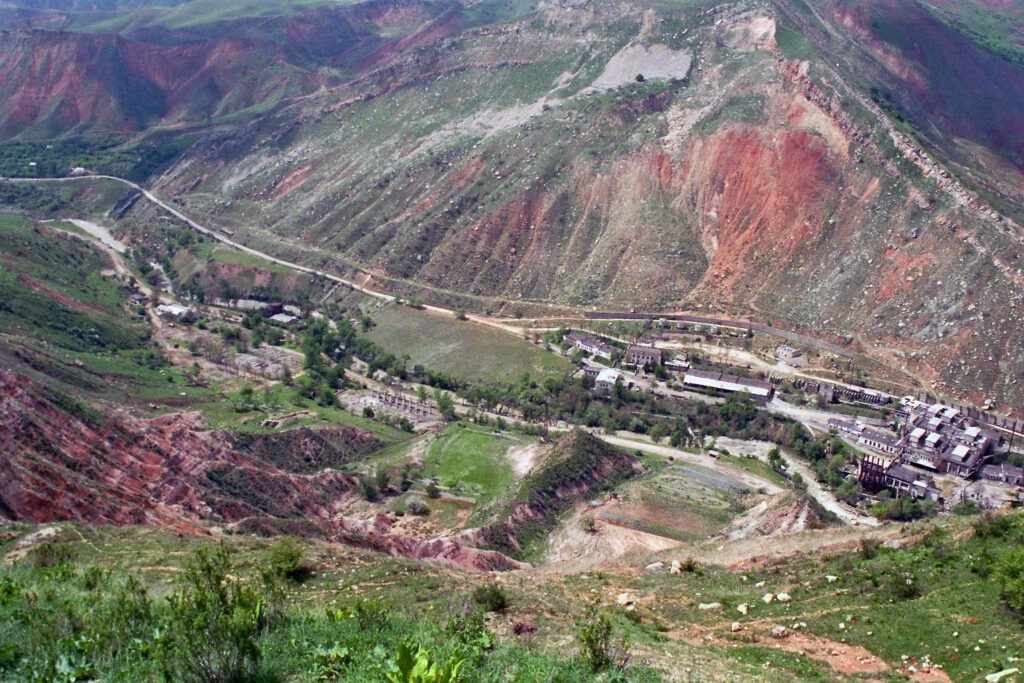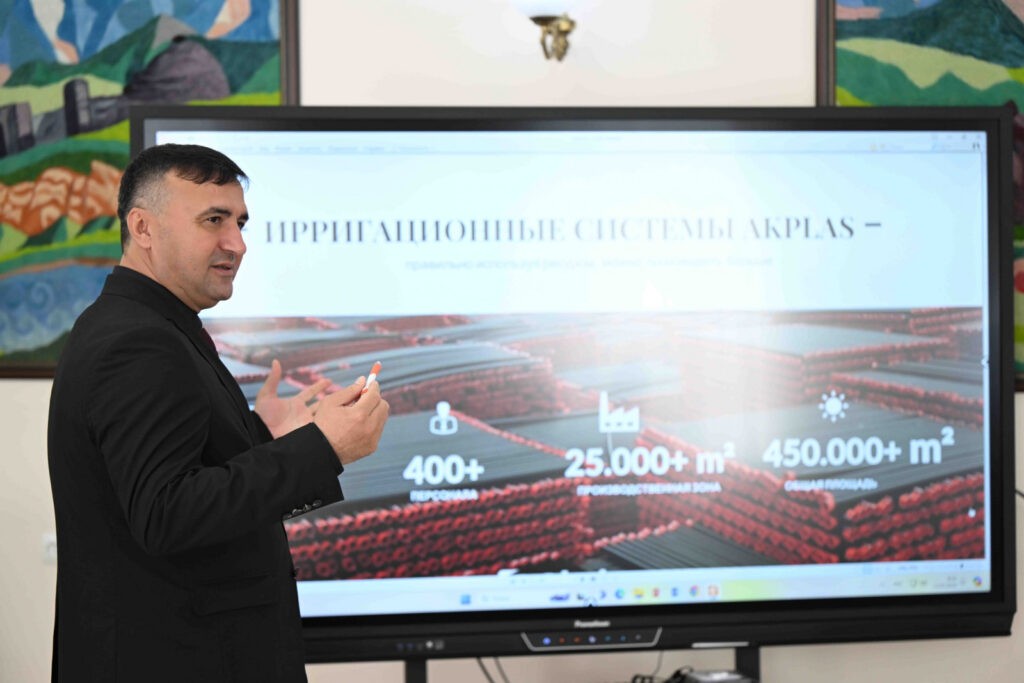‘Save the Berkuts’ Campaign Launched in Kazakhstan
On June 19, the Ministry of Ecology and Natural Resources of Kazakhstan and Efes Kazakhstan signed a Memorandum to implement “Save the Berkuts”; a campaign aimed to preserve and restore Kazakhstan’s population of golden eagles. The Asian golden eagle known as a berkut, is revered as a living emblem of the country’s culture and history and symbolizing Kazkhstan’s national identity, was incorporated into the country’s flag designed by Shaken Niyazbekov in 1992. With a wingspan of up to two metres, it is the largest member of the hawk family and a formidable hunter, plays a crucial role in controlling numbers of rabbits, hares, marmots, foxes and even deer. Integral to Kazakhstan’s heritage, the berkut has been famously used by traditional hunters for centuries but its population is now threatened by a gradual destruction of its natural habitat, persecution, and illegal poaching. In recent years, the bird has been officially protected by the state and is included in the International Union for Conservation of Nature’s list of protected species. “Save the Berkuts” is a continuation of a project implemented by Efes Kazakhstan from 2012 to 2019. During this period, 25 golden eagles were bred and released into the wild around Almaty, leading to a significant increase in their numbers in the region. As part of the new campaign, supported by the Ministry of Ecology and Natural Resources, Efes Kazakhstan has pledged funding to boost and protect the population of wild eagles through expeditions and the maintenance of breeding programmes until 2034. Welcoming the initiative, the ministry stated that the memorandum demonstrates the joint efforts of the state and private business in preserving the natural heritage of Kazakhstan.






